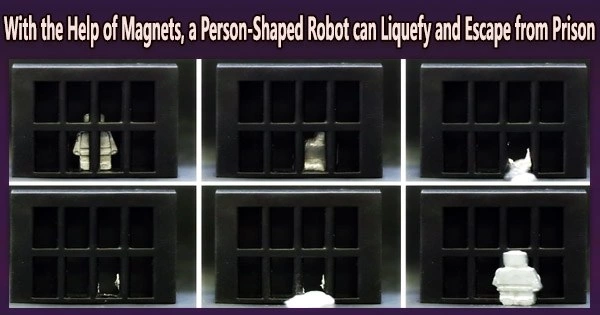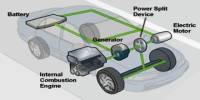A person-shaped robot is a type of robot that is designed to resemble a human in its physical form, such as having a head, torso, arms, and legs. These robots may be used for a variety of purposes, such as in research, entertainment, or even as a companion for people.
Engineers have created tiny robots that quickly and reversibly switch between the liquid and solid states, taking inspiration from sea cucumbers. The robots can conduct electricity and are magnetic in addition to being able to change their shape.
In a study that was published on January 25, 2023, in the journal Matter, the researchers put the robots through a series of mobility and shape-shifting tests.
Traditional robots are rigid and hard-bodied, but “soft” robots are flexible but weak, and their movements are challenging to manage.
“Giving robots the ability to switch between liquid and solid states endows them with more functionality,” says Chengfeng Pan, an engineer at The Chinese University of Hong Kong who led the study.
The team created the new phase-shifting material dubbed a “magnetoactive solid-liquid phase transitional machine” by embedding magnetic particles in gallium, a metal with a very low melting point (29.8 °C).
Future work should further explore how these robots could be used within a biomedical context. What we’re showing are just one-off demonstrations, proofs of concept, but much more study will be required to delve into how this could actually be used for drug delivery or for removing foreign objects.
Carmel Majidi
“The magnetic particles here have two roles,” says senior author and mechanical engineer Carmel Majidi of Carnegie Mellon University. “One is that they make the material responsive to an alternating magnetic field, so you can, through induction, heat up the material and cause the phase change. But the magnetic particles also give the robots mobility and the ability to move in response to the magnetic field.”
In contrast, modern phase-shifting materials cause the solid-to-liquid transformation through the use of heat guns, electrical currents, or other external heat sources. Unlike other phase-changing materials, which have far more viscous “liquid” phases, the new material possesses a highly fluid liquid phase.
The team first examined possible uses before evaluating the material’s flexibility and durability in various scenarios. The robots used a magnetic field to help them climb walls, jump over moats, and even split in two to move other objects together before coming back together.
In one video, a robot with a human-like shape liquefies to seep through a grid before being removed and reshaped into its original form.
“Now, we’re pushing this material system in more practical ways to solve some very specific medical and engineering problems,” says Pan.
The scientists used the robots to remove a foreign object from a model stomach and to deliver medications into the same stomach as needed on the biomedical side. They also demonstrate how the material could work as smart soldering robots for wireless circuit assembly and repair (by oozing into hard-to-reach circuits and acting as both solder and conductor) and as a universal mechanical “screw” for assembling parts in hard-to-reach spaces (by melting into the threaded screw socket and then solidifying; no actual screwing required.)
“Future work should further explore how these robots could be used within a biomedical context,” says Majidi. “What we’re showing are just one-off demonstrations, proofs of concept, but much more study will be required to delve into how this could actually be used for drug delivery or for removing foreign objects.”
















